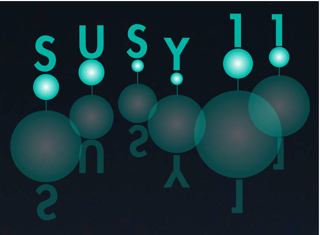Speaker
Dr
Motohiko Kusakabe
(Institute for Cosmic Ray Research, University of Tokyo)
Description
When the baryon density parameter determined from WMAP-7 data is used, the standard Big Bang Nucleosynthesis (BBN) model predicts primordial 7Li abundance a factor of about three larger than abundance levels inferred from observations of metal-poor halo stars. This discrepancy can be the most prominent problem of standard BBN (SBBN) model, and might originate from exotic particle and nuclear processes operating in BBN epoch.
Some particle models beyond the standard model include heavy long-lived colored particles with mass much larger than 1 GeV. They would be confined inside exotic heavy hadrons, i.e., strongly interacting massive particles (SIMPs). If such long-lived SIMPs interact with nucleons by strengths similar to that between two nucleons, their existence in the BBN epoch can enhance the primordial abundances of Be and/or B [1]. This could occur through reactions involving bound states by strong force of a SIMP and nuclei, a kind of exotic nuclei.
We show possible reactions which destroy 7Be and 7Li during BBN in the scenario of BBN including a long-lived sub-strongly interacting massive particle (sub-SIMP, X) [2]. The destruction is associated with non radiative X captures of the nuclei, and it can be realized only if the interaction strength between an X and a nucleon is properly weaker than that between two nucleons. Binding energies of nuclei to an X are calculated taking the mass and the interaction strength to nuclei of the X as input parameters. Nuclear reaction rates associated with the X are estimated. Based on a network calculation of BBN using those rates, we suggest that 7Li problem can be solved if long-lived sub-SIMP has existed at BBN epoch.
[1] M. Kusakabe, T. Kajino, T. Yoshida and G. J. Mathews, Phys. Rev. D 80, 103501 (2009).
[2] M. Kawasaki and M. Kusakabe, Phys. Rev. D 83, 055011 (2011).
